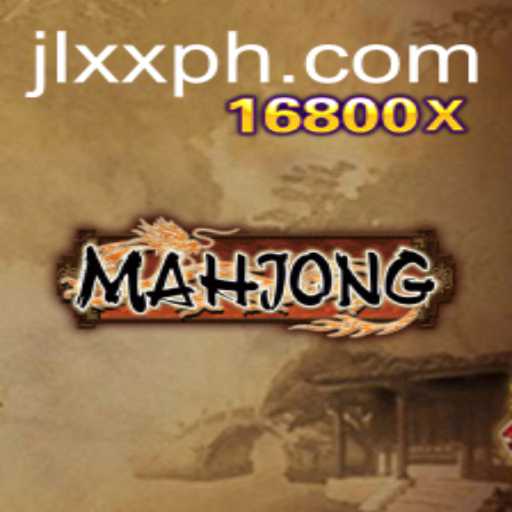Discover the captivating world of Mahjong, a traditional Chinese game of strategy, skill, and luck. Learn about its origins, gameplay rules, and cultural significance, enhanced by modern interpretations and technological advances.
The Rich Legacy of Mahjong
Mahjong is a game steeped in history, deeply embedded in Chinese culture, and known for its intricate design and strategic depth. Originally created during the Qing dynasty, Mahjong has transcended its traditional roots to become a global phenomenon. Recently, Mahjong has been gaining attention through various modern interpretations and digital platforms, bringing this classic game to a wider audience.
Introduction to Mahjong
Often considered a game that combines elements of skill, strategy, and luck, Mahjong is played with a set of 144 tiles based on Chinese characters and symbols. The game's objective is to build complete sets or enhance hand value by drawing and discarding tiles. While traditional Mahjong is played with four players, digital adaptations have made it possible to enjoy Mahjong solo or in diverse formats.
Understanding the Tiles
Mahjong tiles are divided into several suits: dots, bamboo, and characters. Additionally, there are honor tiles: winds, dragons, and flowers. Each suit has tiles numbered one through nine, and there are four tiles for each number. The honor tiles consist of four winds (east, south, west, and north) and three dragons (red, green, and white). The flower tiles are special and used differently depending on the Mahjong variation.
The Role of Strategies
Strategy in Mahjong involves understanding probabilities, evaluating risk, and anticipating opponents' moves. Players must decide when to prioritize their hand composition over defensive tactics and when to pursue aggressive tile draws. The balance between these strategies often determines the victor.
Basic Rules of Mahjong
While numerous variations of Mahjong exist, certain basic principles are prevalent across most forms. Generally, the game starts with shuffling and building a wall of tiles. Each player draws 13 tiles, and the objective is to form four sets and a pair, making a complete hand of 14 tiles.
Players take turns drawing a tile from the wall or picking up the tile most recently discarded by another player. A turn involves discarding a tile, potentially making it available for opponents. Sets can be three of a kind (pong), four of a kind (kong), or a sequence of three consecutive numbers in the same suit (chow).
Modern Takes and Tech Integration
In the age of digital transformation, Mahjong has seamlessly transitioned online, attracting younger audiences and creating thriving virtual communities. Online platforms offer players diverse rule sets and the ability to connect with enthusiasts worldwide, reflecting the game's adaptability and timeless appeal.
A notable aspect of Mahjong's recent evolution includes mobile apps that incorporate artificial intelligence to assist beginners in learning the game and mastering its complexities. These tools help maintain the game's accessibility while introducing new generations to its strategic depth.
Cultural Impact of Mahjong
As a culturally significant pastime, Mahjong has played a vital role in social gatherings among family and friends. In contemporary events, Mahjong tournaments are a testament to the game's enduring popularity, bringing together diverse groups of people who share a passion for this timeless game.
In recent news, the game has seen an uplift due to notable events, such as the proliferation of Mahjong-themed gatherings and cultural festivals, which celebrate its heritage and introduce broader audiences to its delights.
Moreover, Mahjong's influence extends beyond leisure, finding its way into modern art, fashion, and entertainment, further contributing to cultural conversations worldwide. The game has spurred a sense of community, bridging generational and cultural gaps, and remains a fixture in both traditional and contemporary settings.
Conclusion
Through its rich history and strategic intrigue, Mahjong continues to be a timeless game that captivates enthusiasts globally. With technological advancements and cultural celebrations breathing new life into its ancient roots, Mahjong's future looks as bright and multifaceted as the tiles themselves.




